Inverting the Power Imbalance: Testing a New Grantmaking Program that Enables Nonprofits to Do Their Jobs
Categorized as: Stories on June 28, 2014.
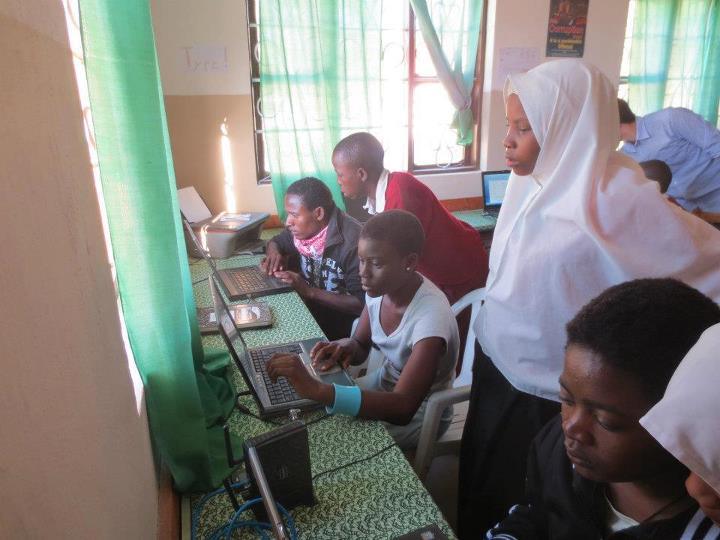
It sounds ludicrous—and it is: Often we donors throw roadblocks in front of the very programs we seek to support. Requiring reams of application pages, hours of preliminary meetings, and acrobatics of performance if and when we fund, is crazy-making for the social entrepreneurs and nonprofits we supposedly trust to solve our most entrenched environmental, financial, educational, and social problems.
How the Power Imbalance Impacts Our Partners
This is not just theory. It’s not overworked, underpaid employees whining. We’ve gleaned an inside view of this reality through field visits with and story gathering for our partners, which include some of the world’s smallest grassroots organizations. Because our grants are tiny and our ambitions are mighty, we’ve always approached our work as if the time we give to partners’ communications, strategy, program development, and fundraising, matters more than money. Our multifaceted style of partnership allows us to see a lot more than our partners’ websites, fundraising events, and annual reports. We try to work with them and for them, rather than the other way around.
(Photo by Suzanne Skees)
We get to know well these passionate women and men of all ages and cultures, who share a common vision of a better world and will not rest until they build it with their own two hands. Our partners take on gang violence and intergenerational poverty, education inequity and child malnutrition. Their jobs are grueling by design. They work overtime for years and decades with an audacious vision of healing ancient wounds. And then, forced to work with the philanthropic sector from which they must extract their operating expenses, they have to sell their vision over and over again, hoping each month to make budget.
Seeking Ways to Bring Greater Efficiency to Grantmaking
No one engaged in grantmaking or impact investing wants to believe we’re thwarting our partners’ best intentions. I tried for years to convince myself that the power imbalance between the donor and recipient didn’t have to exist, if only we approached people with honesty and humility. But guess what? It does. To change that dynamic, we asked, could we change the structure of how we give?
We wondered, when we undertook a landscape analysis of our own funding area (global access to education and jobs), if nonprofits could operate more effectively if they didn’t need to spend so much time, energy, and yes, even funding, on chasing down the next grant dollar.
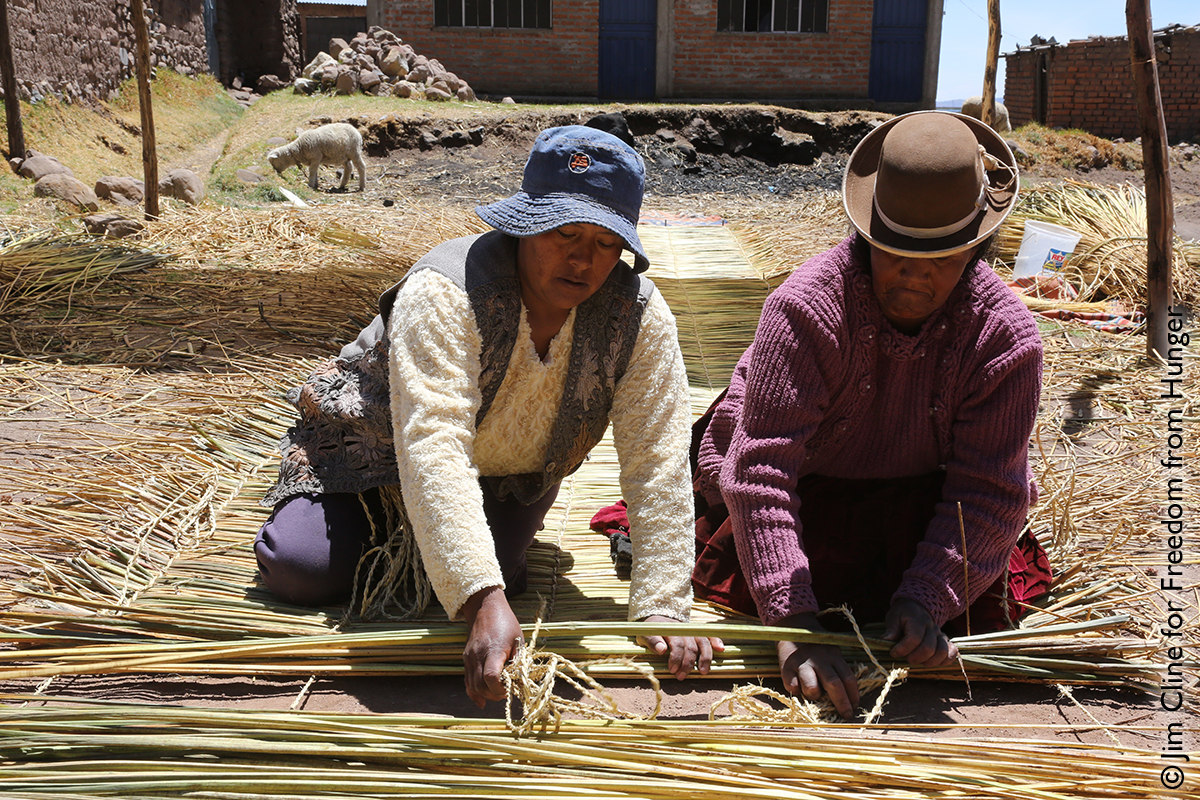 (Photo by Jim Cline for Freedom from Hunger)
(Photo by Jim Cline for Freedom from Hunger)
While conducting Internet research and expert interviews for our landscape analysis, we had many conversations about how to support our extremely ambitious mission to end poverty around the world. Key decisions we made:
- First, we want to fund very small, often fairly new, organizations working globally; to be the first one to support honorable leaders of innovative programs, and then hopefully to bring other funders in for follow-on funding–just through our example and stories.
- Second, we want to broadcast more widely that all our funding is unrestricted: We believe that when we invest in an organization, we can trust its leadership to best steward their program.
- Third, risk tolerance was a big driver behind the structure we created. We believe that this is the sweet spot for philanthropy—particularly small, nimble organizations such as ours. After all, if the same old ways of approaching social problems were working, we’d already be out of a job. Innovation and creativity, implemented at the grassroots level engaging local leadership, get our vote. SFF’s willingness to take on risk played a big role in shaping the Seed and Catalyst grant categories (see below).
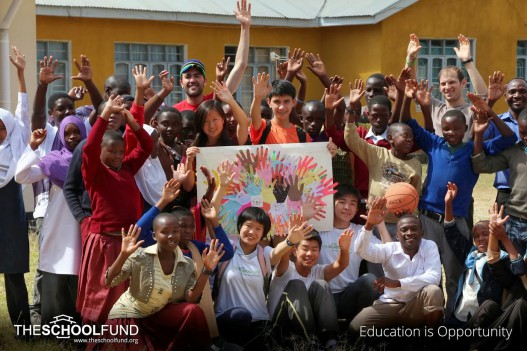 (Photo by The School Fund)
(Photo by The School Fund)
The Thinking Behind Our Grants
Our grantmaking committee and all-family board engaged in some wonderfully deep conversations about our intentions. Since we have such a small budget (~ $150,000), we want to direct every dollar for maximum impact. We agreed on some core objectives:
- We find very small startups where our small grants can make a huge difference
- We seek leaders with strong integrity and flexibility—because no matter the program or product, it takes great people to get to the goal
- We leverage our research (online), referrals (from colleagues), and relationships (through travel and writing)
- We do all the work: finding, vetting, and then funding
- We give unrestricted grants
- We require minimal reporting—a five-part questionnaire that reveals fund dispersal and lessons learned
- We ask what more we can do for you
- We ask how we can improve as your partner
We do not accept proposals for grants. We’d rather spend our time discovering organizations that match our mission and specifications, while they spend their time doing their specialized work.
New Program Components
First, we articulated our core values:
- The onus belongs on us to research the fields of education and enterprise in poverty alleviation and find possible grantee partners.
- We want to help smaller organizations to reach the scale and impact that fosters long-term change.
Next, we decided that all our mission-aligned grantmaking will focus on organizations whose primary work is outside of the United States, for two reasons:
- Given SFF’s relatively small grantmaking budget, funding international programs will allow each dollar to go farther than it would in the U.S, enabling SFF to have greater impact with its limited resources.
- SFF allows three types of discretionary grants, many of which are directed to organizations working across the U.S.: Local2Global, in which Skees family members volunteer in their local communities to earn grant dollars; Family grants, in which nuclear Skees families collaborate to direct an on-mission annual grant; and Board grants, in which Board members direct small grants to projects beyond our consensus grantee list. These flexible grants enable SFF to continue funding work in the U.S. that family members are connected to and passionate about.
Finally, we outlined the core elements of our new grantmaking program:
- No application process
- We find, research, and vet
- Our grants are 100% unrestricted
- We give multiyear grants for organizations on the grow
- We require minimal reporting and offer maximum supporting
Four Grant Types: Seed, Catalyst, Storytelling, and Partner
Seed Grants: Seed Grants are single-year grants of $5,000 to organizations in their “startup” phase, with an annual budget of $250,000 or less. By focusing eligibility on organizations with small budgets, these grants can have a significant effect on the selected organizations. Seed Grants enable SFF to support and work with social entrepreneurs building early-stage ventures.
Catalyst Grants: Catalyst Grants are $40,000 grants, administered over three years, for organizations that have demonstrated some success with their models and are ready to work at a broader level by scaling or deepening their programs. These organizations have seen progress but not at a large scale. Catalyst Grants serve as a stimulus for organizations ready to scale, an SFF value critical to long-term change. Our Catalyst Grants focus primarily on organizations with an annual budget of less than $500,000, with some exceptions for those with budgets of up to $1 million. The multi-year commitment gives promising organizations a reliable income source and our advocacy while they develop other revenue sources for future growth. While unrestricted, we recommend that grantees use some of the funds to build internal capacity.
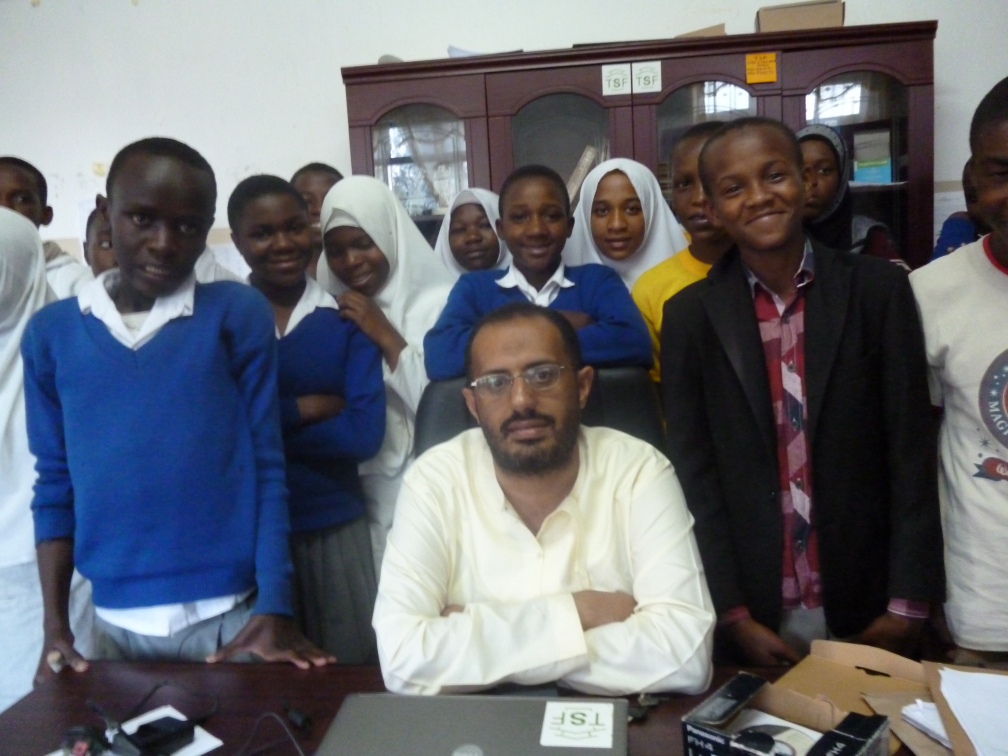 (Photo by The School Fund)
(Photo by The School Fund)
Storytelling Grants: Storytelling Grants are single-year grants of $5,000 used to support nonprofit communications and storytelling. These grants enable both current and new SFF grantees to share their stories and furthers SFF’s goal of leveraging storytelling for social change. In addition, stronger communications departments can translate to increased sustainability for organizations as they improve their ability to reach more potential donors. Storytelling grants are given with the intention of expanding communications, but they too are unrestricted.
Partnership Grants: Historically, SFF grantmaking has been largely based on personal relationships with the organizations’ leadership. Thus, SFF reserves some of our grantmaking budget to support organizations and social entrepreneurs that we historically have supported and would like to continue to support. Although much of our grantmaking is becoming more focused, it is important that there are opportunities for past partners to receive future funding.
Reporting and Supporting
We’ve always stressed that we want our partners to spend as little administrative time on SFF as possible. What does that mean? All our small discretionary grants directed by board and family members require no reporting at all. For the four mission grant categories described above, we ask for one brief written report in one year—either of their creation or the simple five-part questionnaire (see the downloadable PDF below).
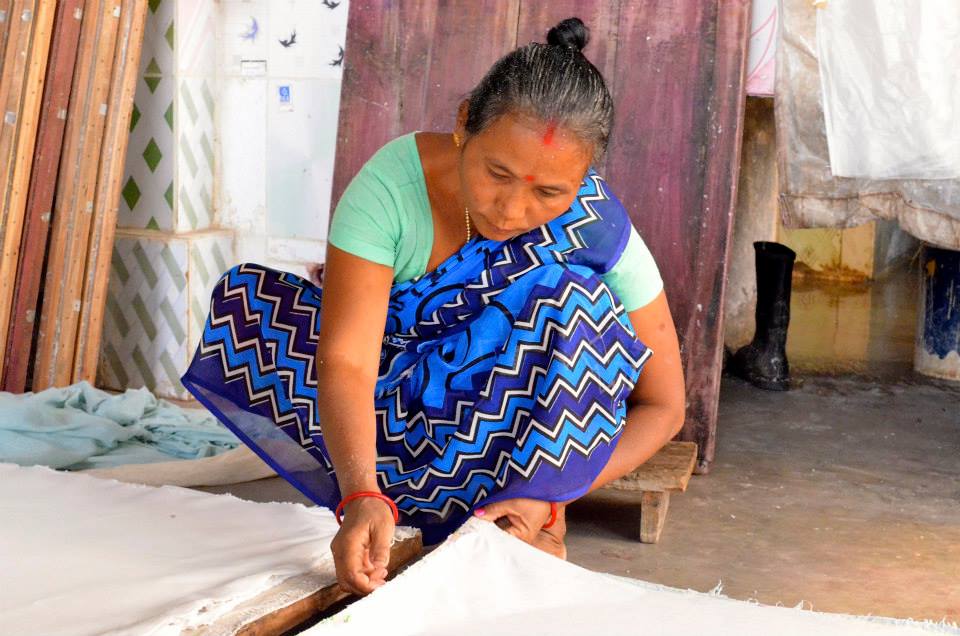 (Photo by Upaya Social Ventures)
(Photo by Upaya Social Ventures)
And then we ask, “What else do you need?” An executive director wearing too many hats might need help composing a pitch to potential other funders. An organization may want a story that validates their work from the outside and provides fodder for their website, reports, and presentations. Another may ask us to write a letter on their behalf, or attend a meeting or conference with them, to advocate for them. Trying to help rather than hinder, we check in occasionally with project ideas rather than punitive questions.
Putting It into Practice
How does the new look in real life? We develop friendships with other funders, social-enterprise incubators, and our current nonprofit partners, who provide ideas for pertinent grantee partners for SFF. We read industry news and explore Internet searches for startups and successes in our field. When we find them, we read all we can about their program, leaders, finances, and impact—and then we contact them. Sometimes, a new partner expresses shock over having been vetted and selected without their knowledge. Along with their shock comes relief.
As 21st-century global society evolves away from top-down charity toward cross-sector collaborations and bottom-of-the-pyramid investments, we’ve awakened to some clear realities. Aid is needed in circumstances such as disaster relief, but charity changes nothing. In fact, the same inequities that produce the need for charity in the world also produce the wealth that funds philanthropy. We can continue to watch the gap in income and resources widen and throw millions—or even billions—at the symptoms left festering. Or, we have the option of applying best practices of capitalism to the social sector, partnering with local leadership and investing in underserved individuals, to co-create resources needed and outcomes desired in each village and slum, city and country.
See Part 2 of this two-part series–our 2014 annual report, which showcase the incredible—and mostly unknown—organizations we’ll be supporting this year. Click here to view.
LEARN more about our grantees here.
SHARE this story on Facebook and Twitter; see menu at top and bottom of page.
DONATE directly to our partners; search by geographic or issue area on our CAUSES page, here.
SUBSCRIBE! Like what you see? Click here to subscribe to Seeds of Hope!

